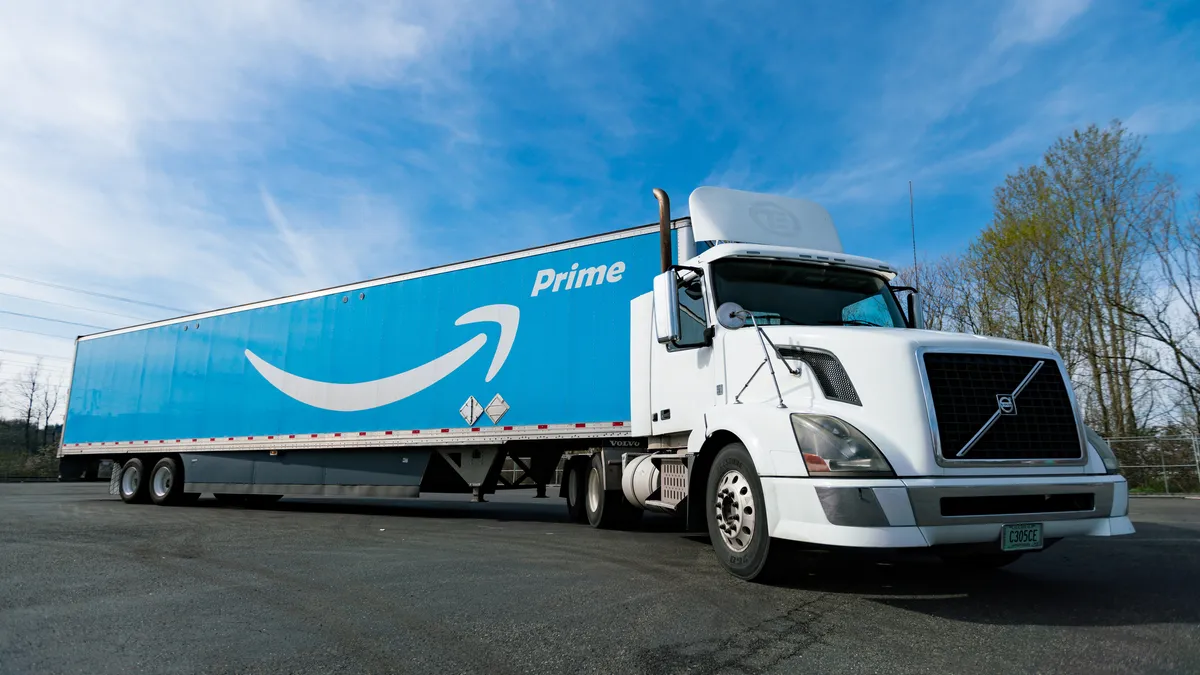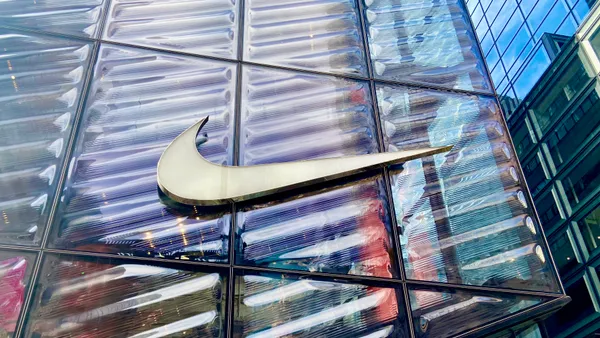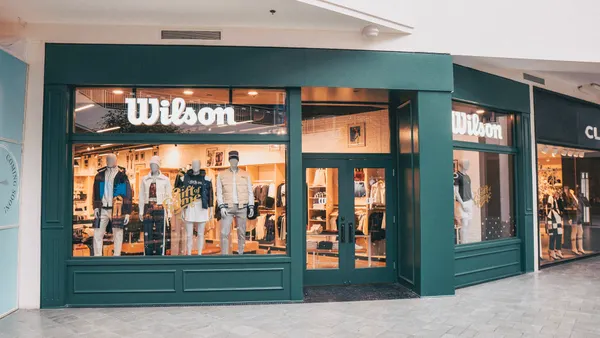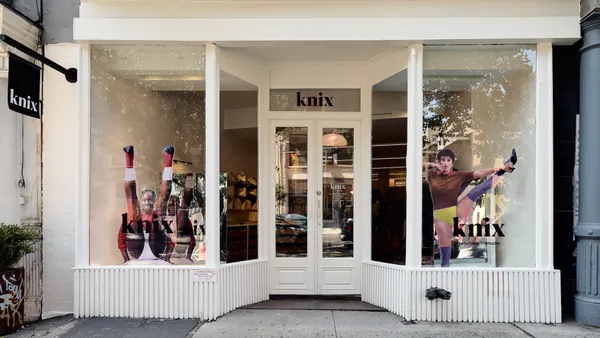Dive Brief:
- It’s July 11, and that means Amazon’s Prime Day is officially underway. The trade publication Internet Retailer projects that the holiday Amazon created to boost sales of its annual membership service will bring the e-commerce behemoth $1.56 billion in sales in the U.S. and $2.18 billion globally this year. That’s a 20% jump over last year’s Prime Day.
- Among other deals, Amazon has cut prices on its voice assistant Echo Dot (down $15), its Fire 7 tablet (which it cut by $20), a Roomba robotic vacuum (down 33% from the list price) and some 10,000 other consumer goods.
- Well before Prime Day closed, Amazon said it had sold more than three times as many Echo family devices than for the entire event in 2016, according to Reuters.
Dive Insight:
Prime Day, which expanded beyond a day to 30 hours this year, isn’t just for Amazon anymore. Other retailers are also using the day to expand their e-commerce sales and protect themselves from Amazon’s race toward ubiquity. Just don’t call it Prime Day.
Among others, Best Buy (in its rival “Big Deals Day”) has slashed prices across a range of electronics and appliance categories, Macy’s (“Black Friday in July”) and Sears (“Summer Splash”) have discounted summer fare, Walmart (“HUGE Summer savings”) is hyping deals on electronics, and eBay has taken the opportunity to promote its price matching initiatives.
Last year, Amazon said Prime Day was the biggest day ever for the company, with merchandise sales up more than 50% in the U.S. over the first Prime Day.
The day also frustrated some shoppers as technical glitches plagued some early bird shoppers. This year the hashtag #PrimeDayFail is back, with some complaining of artificial discounts, products that were cheaper before the Prime Day sales and deals that otherwise underwhelmed customers. Thus far, Prime Day 2017 has been fairly uneventful with no website crashes and little grumbling by consumers about disappointing deals.
The Wirecutter, a consumer product review website, found just 76 "good deals" on Amazon out of the 14,750 it scanned during Prime Day 2017.
Among the best deals The Wirecutter found were a Logitech mechanical keyboard, a Philip's Hue smart light bulb system and a Eufy's robotic vacuum. And while many deals might not actually be worth the buck, Prime members are going crazy for a discounted pressure cooker with a cult following. The Instant Pot, originally $129.99, was featured as a “Deal of the day” at $89.99 and has been catching considerable buzz with media outlets. Amazon apparently sold 215,000 pressure cookers during the holiday last year, according to Business Insider.
Along with deals, Prime Day also serves to showcase Amazon’s competitive advantages, as well as its digs at competitors. Matt Sargent, senior vice president of Retail at Magid, points out that Amazon’s Prime membership highlights the e-commerce retailer’s free one-day shipping for orders over $35. “Neither Walmart or Target offer one-day shipping (at any cost and definitely not free),” Sargent said in comments emailed to Retail Dive. “Free one-day shipping is another way for Amazon to emphasize its core logistic advantages over Walmart and Amazon.”
Sargent also points out that Amazon is giving the athletic apparel brand Under Armour a prominent place on its landing page, and that this is likely no accident. “Under Armour has been engaged with Amazon for a while, and Amazon is rewarding Under Armour for their long-term engagement with this front page placement,” Sargent said. “Keeping Nike off the front page is a not so subtle message to other brands that Amazon will not pander to brands even when they roll over for Amazon.”
Katie Smith, senior fashion and retail market analyst at Edited, told Retail Dive there were 62% fewer discounts in the apparel market, excluding Amazon, on the day before Prime Day this year over last year. “The industry is watching to see scores of retailers have these reactive discounts to looming Prime Day and what it looks like is that retailers have moved their discounting earlier to capitalize on the July 4 weekend or they held their ground this year,” she said. “Walmart has eased off massively on trying to compete with Amazon today, with something like one tenth of the number of discounts today. Target and Lord and Taylor have also eased up.”
On the other hand, many multi-brand retailers that go head-to-head with Amazon have crafted ways of riding off of the Prime coattails — including its branding. In email alerts to shoppers, Smith said one Lane Bryant email subject line read: "50% off and free shopping is prime,” meanwhile a recent DSW subject line read “It’s prime time, get 30% off. Now that’s a prime deal.”
As Amazon moves into its third year of the holiday, Smith said we may already be seeing customer fatigue from a lack of inspiring deals, but she doesn’t expect Amazon to fold the event any time soon. “The wider retail industry needs to be mindful of those knee jerks, panic reactions to Prime Day and plan further out in the season, without sacrificing huge margins and maybe having some promotional leaders around Prime."
More important to Amazon than the deals, and rival retailers, is the promotion of its Prime memberships, which have risen from 41 million in March 2015 to 85 million in June of this year, according to estimates from Consumer Intelligence Research Partners cited by Business Insider. Growing this lucrative member base — Prime members spend roughly $1,300 per year compared to $700 annually for non-Prime members, according to CIRP — is the biggest reason for Amazon to host this sale.
Editor's note: This story is developing. We will continue to update it as the day goes on.















